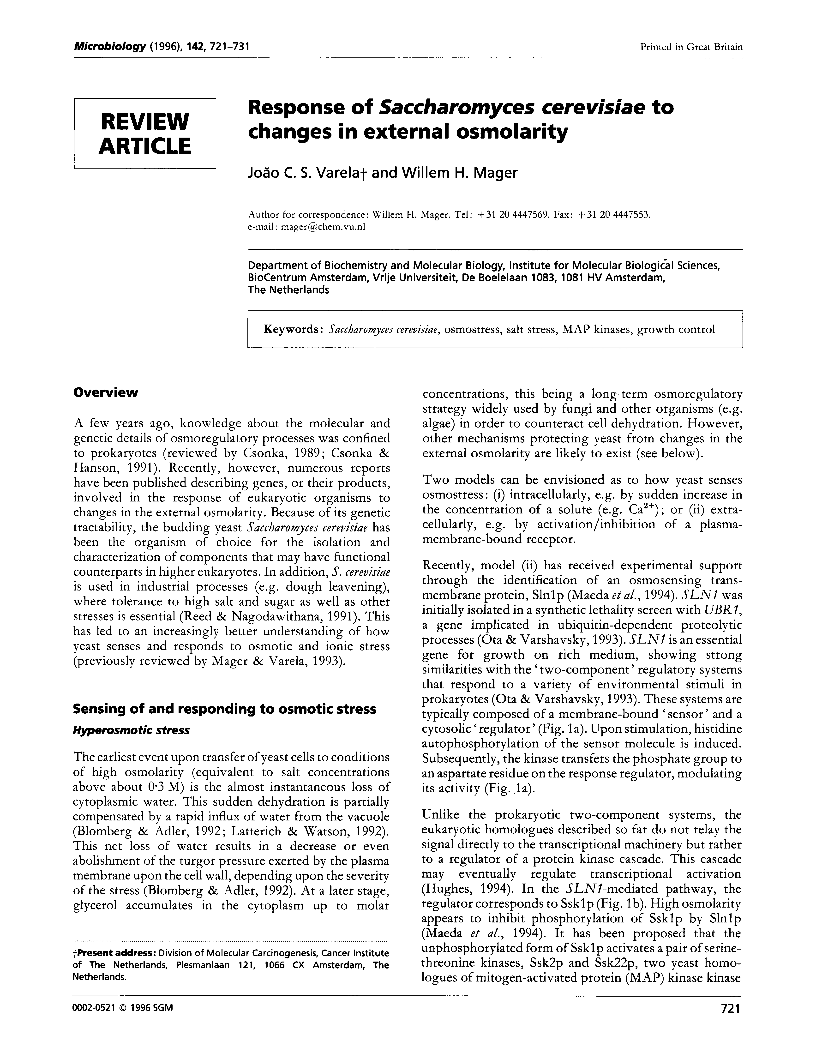
Full text loading...

Response of Saccharomyces cerevisiae to changes in external osmolarity, Page 1 of 1
< Previous page | Next page > /docserver/preview/fulltext/micro/142/4/mic-142-4-721-1.gif
There is no abstract available.

Article metrics loading...

Full text loading...
References


Data & Media loading...
